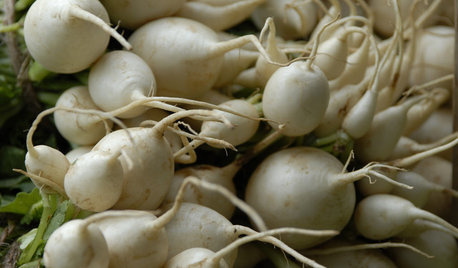Question about Growing Potatoes in Straw
kriswrite
11 years ago
Featured Answer
Sort by:Oldest
Comments (26)
jonhughes
11 years agodigdirt2
11 years agoRelated Professionals
Maple Valley Landscape Architects & Landscape Designers · Wrentham Landscape Architects & Landscape Designers · Ashburn Landscape Architects & Landscape Designers · Baltimore Landscape Architects & Landscape Designers · Taylorsville Landscape Architects & Landscape Designers · Maple Heights Landscape Architects & Landscape Designers · Brooklyn Park Landscape Contractors · Clark Landscape Contractors · Kahului Landscape Contractors · Lakeville Landscape Contractors · Los Banos Landscape Contractors · Mastic Beach Landscape Contractors · Pompano Beach Landscape Contractors · Markham Landscape Contractors · Escondido Driveway Installation & MaintenanceMasbustelo
11 years agoMasbustelo
11 years agoltilton
11 years agojonhughes
11 years agoMasbustelo
11 years agoltilton
11 years agoOhiofem 6a/5b Southwest Ohio
11 years agojonhughes
11 years agoMasbustelo
11 years agojonfrum
11 years agoOhiofem 6a/5b Southwest Ohio
11 years agoltilton
11 years agothegreatcob
11 years agoOhiofem 6a/5b Southwest Ohio
11 years agothegreatcob
11 years agokriswrite
11 years agoOhiofem 6a/5b Southwest Ohio
11 years agokriswrite
11 years agoltilton
11 years agoMasbustelo
11 years agoEdymnion
11 years agoOhiofem 6a/5b Southwest Ohio
11 years agoEdymnion
11 years ago
Related Stories

COOL-SEASON CROPSCool-Season Vegetables: How to Grow Potatoes
This ever-popular tuber is a stalwart in spring and fall gardens and a staple in kitchens everywhere
Full Story
FOLIAGEGreat Design Plant: Ornamental Sweet Potato Vine
Versatile, fast growing, inexpensive and easy on the eyes, ornamental sweet potato vine has it all
Full Story
EDIBLE GARDENSSummer Crops: How to Grow Tomatoes
Plant tomato seedlings in spring for one of the best tastes of summer, fresh from your backyard
Full Story
EDIBLE GARDENSHow to Grow Your Own Sweet Summer Crops
This guide will help any gardener get started on growing the freshest warm-season veggies and berries for summer
Full Story
EARTH DAYGrow a Beautiful Garden With Ecofriendly Greywater
Reducing home water waste means lower bills and a healthier planet. Here's how to set up a greywater home irrigation system that can help
Full Story
FARM YOUR YARDHow to Grow Vegetables in Containers
Get glorious vegetables and fruits on your patio with a pro’s guidance — including his personal recipe for potting mix
Full Story
GREEN BUILDINGWhy You Might Want to Build a House of Straw
Straw bales are cheap, easy to find and DIY-friendly. Get the basics on building with this renewable, ecofriendly material
Full Story
KITCHEN DESIGN9 Questions to Ask When Planning a Kitchen Pantry
Avoid blunders and get the storage space and layout you need by asking these questions before you begin
Full Story
GARDENING GUIDESCool-Season Vegetables: How to Grow Turnips
Sweeter after a taste of frost, these often-overlooked root vegetables can be a surprisingly tasty part of your fall garden
Full Story0

MOVINGHiring a Home Inspector? Ask These 10 Questions
How to make sure the pro who performs your home inspection is properly qualified and insured, so you can protect your big investment
Full StorySponsored
Columbus Area's Luxury Design Build Firm | 17x Best of Houzz Winner!
More Discussions








Masbustelo